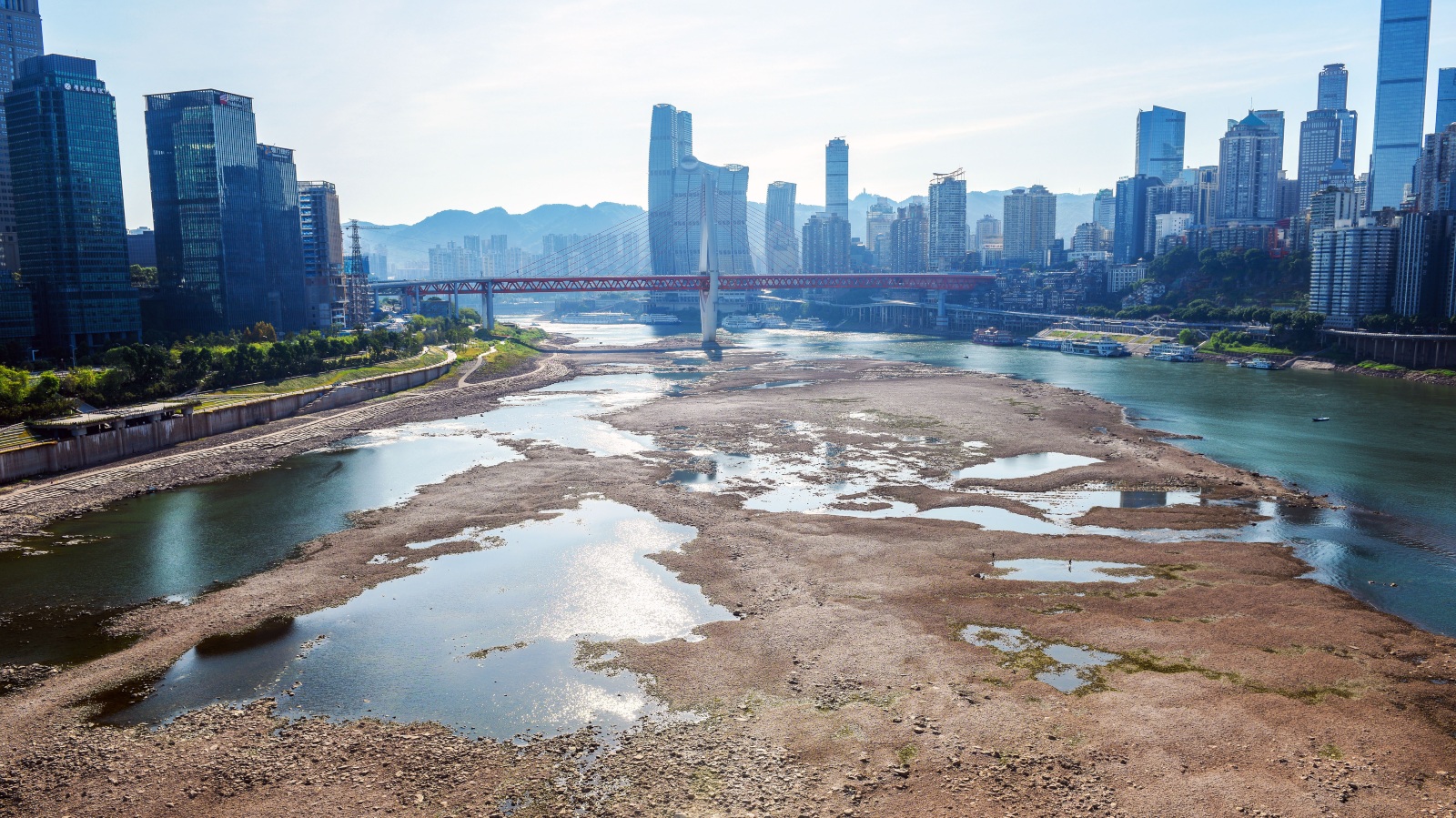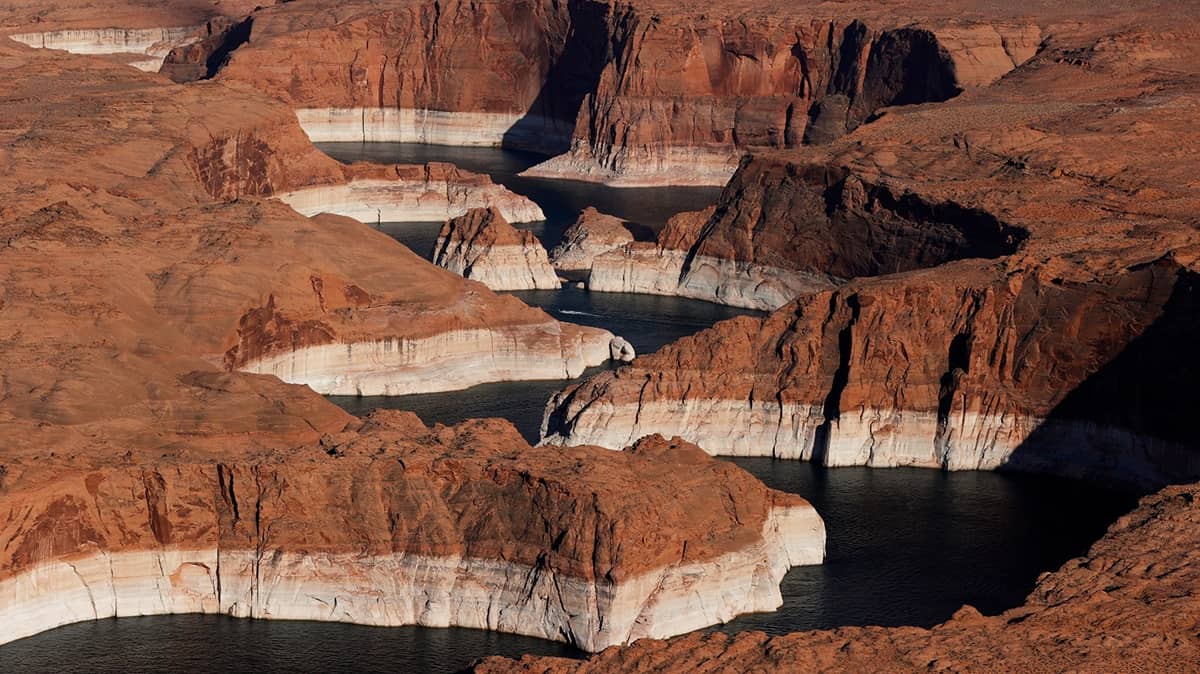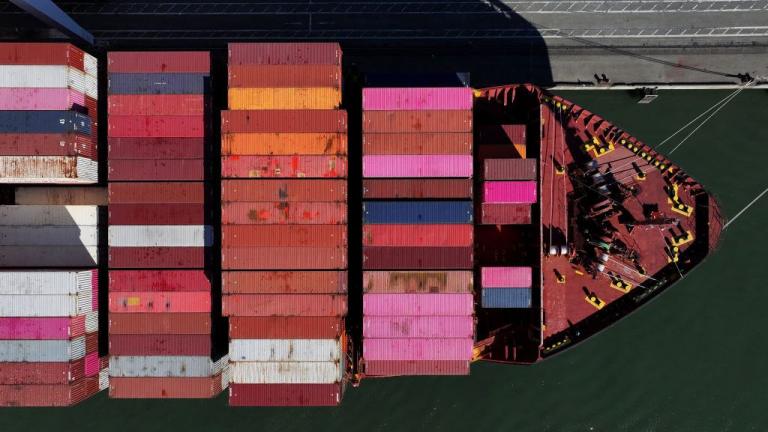Hello and welcome to the last issue of Parched. Yes, you read that right. You’ve reached the end of our limited-run newsletter on climate change and drought. Thanks for sticking with us through the dry season. I’m Zoya Teirstein.

The Jialing River bed at the confluence with the Yangtze River is exposed due to drought on August 18, 2022 in Chongqing, China. Zhong Guilin / VCG via Getty Images
Over the past several months, in this newsletter and in our larger Parched series on the Grist website, we’ve discussed how climate change spurs megadroughts like the one gripping the western U.S., whether hydropower can survive rapidly declining water levels, and the emerging issue of flash droughts, like the one that devastated apple and cranberry farmers in the Northeast this summer. We talked about how California’s Salton Sea, once a celebrity-laden desert gem, turned into a toxic cesspool, why a libertarian enclave in Arizona decided to embrace government regulation, and what tribes are doing to defend their water rights.
We also looked abroad, at what one of China’s worst droughts on record is doing to the Yangtze River, why an Estonian oil company is hoarding copious amounts of Colorado River water, and how consecutive dry rainy seasons sparked a historic famine in the Horn of Africa.
These stories from the frontlines of an increasingly parched planet are dire, but they also have silver linings: The federal government is taking increasingly aggressive steps to ensure that Colorado River states are preparing for a drier future. Cities are figuring out how to plant more trees with less water, and the Western U.S. is getting creative about drought solutions, from reimagined irrigation systems to long-distance water pipelines.
It’s a start, but more solutions are necessary, and they’ll have to be implemented on an unprecedented scale.

Aerial view of bleached sections of rock surrounding Lake Powell, showing the amount the water level has dropped due to climate change Justin Sullivan / Getty Images
The magnitude of the obstacles ahead has been part of the current conversation at COP27 in Egypt. Every year, the world’s governments come together in a “conference of the parties” to talk about climate change — how to mitigate it, and, increasingly, how to adapt to its effects. Last week, Senegal and Spain led the formation of an alliance that will help countries share resources, technology, and know-how in their efforts to fight drought. There’s no price tag on the initiative yet, and we all know money is what makes action happen, but the formation of the alliance is evidence that drought-stricken countries are thinking more carefully and with increasing concern about warming-driven aridification.
“Science is telling us we will have more episodes of drought,” said Andrea Meza Murillo, deputy executive secretary of the United Nations’ Convention to Combat Desertification. “We need to be prepared.”
This newsletter may be coming to a close, but Grist’s drought coverage will continue. You can stay in the know by signing up for one of our permanent newsletters. Signing up for the Daily will get you our latest coverage in your inbox every morning. The Weekly delivers our coverage to you once a weekend.
If limited-run newsletters are more your speed, stay tuned for our next extreme weather-based series coming in 2023. You have a chance to weigh in on which topic you want Grist reporters to focus on by filling out this brief survey.
Grist exists to spark conversations about warming and its effects. Thanks for taking this trip with us, and see you next time.
What we’re reading:
Dying lands: Farmers fight to save the ‘skin of the Earth’
Rod Nickel, Ayenat Mersie, and David Stanway, Reuters
◆ Read more
As California’s wells dry up, residents rely on bottled water to survive
Joshua Partlow, Washington Post
◆ Read more
How droughts in Mexico could shape the future of the beer industry
David Shortell and Lorena Ríos, New York Times
◆ Read more
In brutal drought, Kenyan herders look for hope underground
Wanjohi Kabukuru and Brian Inganga, Associated Press
◆ Read more
To save water, Arizona farmers are growing guayule for sustainable tires
Zayna Syed, Popular Science
◆ Read more



